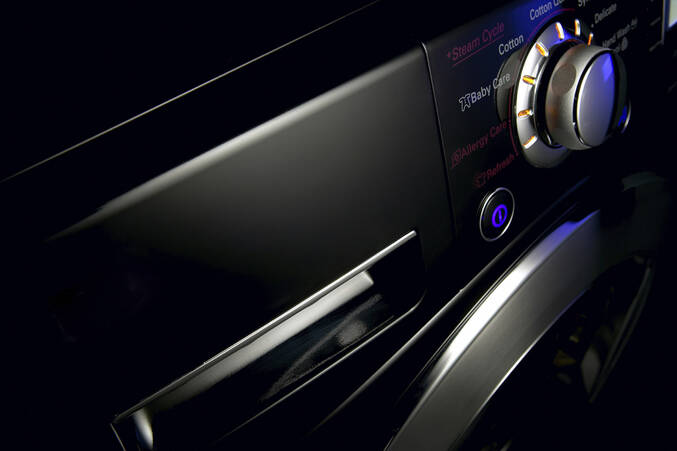Photograph: iStock
Washing machines are no longer a luxury. Given the multitude of smart features that are part of the products, how does one make a choice? Appliance expert Seema Maheshwari lists down the ones that should be part of your selection, and demystifies types of machines.
1. 4 wash programs: Nowadays, washing machine are available with 4 types of wash settings: gentle, normal, strong and turbo.
2. Hot/cold water inlet: Hot and cold water inlets are provided to allow flexibility in choosing as per the need.
3. Back-lit panel: The back-lit lit panel display enhances readability, ease of use and improves the overall look of the washing machine.
4. Tumble wash: The tumble wash feature helps get rid of stubborn stains and dirt. Your clothes feel soft and are completely clean after every tumble wash.
5. Fuzzy logic: This feature automatically chooses the best washing condition depending on the quality of clothes. It detects the weight of the laundry and then determines the amount of water and amount of detergent required.
6. Aqua reserve: This feature provides a smart solution to avoid water wastage. Feel free to reuse water after a wash or a rinse.
7. Anti-foam sensor: The smart foam sensor detects the extra foam that gets accumulated within the machine and automatically removes it.
8. Health filter: The health filter is an anti-bacterial component that is compact, durable and hygienic. It protects your clothes and increases their life.
The main difference between fully automatic and semi-automatic washing machines is that in the former, all the processes – from washing to spinning – happen on their own through an automated program. A semi-automatic machine needs human intervention for change of operations. Having said this, both versions are similar from the point of view of energy consumption.
The choice between the two truly depends on how you use a washing machine. There is no doubt that front-loaders save water. A top-loading washing machine needs more water to soak dry clothes properly (since dry garments tend to float on water), whereas a front-loading one, which work with a tumbling action, needs less water to soak clothes. However, do keep in mind that front-loaders have longer cycles as compared to top-loaders.


















